What is Design? — Definition, Art and Branches
Last Updated on July 2, 2024 by Ilka Perea Hernández
The concept of “design” is often very ambiguous and confusing and may differ depending on the experience of designers within their field. But every designer should be clear about what design is: its definition, its relation to art, and its branches.
In this post, you will find some definitions of the word “design” and its etymology. In addition, you will discover the relationship between art and design and the characteristics that make them different. At the end, you will learn about some fields of design.
Table of Content
- Design
- What is Design?
- Design Etymology
- Design Definition
- Defined by designers
- Art and Design
- What is the connection between art and design?
- Artist vs Designer
- Design and Aesthetic
- Design Fields
- What are the different branches of design?
- Environmental Design
- Industrial and Product Design
- Graphic and Digital Design
- Textile Design
- Fashion Design
- Sound Design
- Some Insights
- Clarifying our Purpose
- Sustainable Design
- Any Thoughts?
- Cite this post
Design
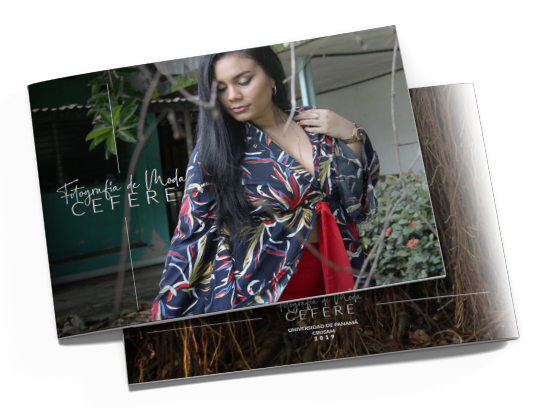
What is Design?
Imagine that someone asks you, as a designer, what “design” means. Probably, and depending on your experience, your answer would be something like:
- a sketch, an idea
- something tangible, like a magazine ad or a book cover
- sophisticated devices like cameras or furniture
- construction projects like a house, a building, or a city.
All of the above is related to the concept of “design” but does not define it. Actually, the term design is much wider.
Design Etymology
The word design descends from the Italian word disegno, which in turn comes from the Latin designāre, the active verb of designō which is composed of dē- + signō (mark something with a name or sign).
We assign values to lines, points, shapes, and colors. All these elements take on a symbolic value within a sketch to give visual form to ideas. For example, a line can symbolize the floor of a house, the horizon in an advertisement, the neckline of a blouse, or the base of a shoe. However, the line is still a line, but depending on the idea, it has different meanings.
The closest concept to the one we have of “design” comes from the Italian verb disegnare means to draw (representation with graphic signs).
Design Definition
Because the term “design” is such a broad concept, its meaning can change from one field to another. It is present in many aspects of our lives and ramifies into many different sub-genres, from the design of spaces (for example, architectural, interior, and urban design) to the design of physical objects such as products, furniture, fashion, and textiles, including the intangible such as virtual reality, interaction, sound, video games, software interfaces, and the web. Each company and each team has its own understanding of what design is and what the role of designers should be.
Defined by designers
Defining the word “design” has not been an easy task. If you look it up in a dictionary, you will confirm that it has several definitions. Many designers have distinct positions on design definition. Here are some of them:
“Design is the method of putting form and content together. Design, just as art, has multiple definitions; there is no single definition. Design can be art. Design can be aesthetics. Design is so simple, that’s why it is so complicated.” — Paul Rand.
“Design understands and serves those human needs that can be met by shaping products, messages, or services. The function of these products is to help the man have the best enjoyment he can create.”— André Ricard
“To design is to plan and to organize, to order, to relate, and to control. In short, it embraces all means of opposing disorders and accidents. Therefore, it signifies a human need and qualifies man’s thinking and doing.” — Josef Albers
In broader terms, it is the process of visualizing and planning the creation of physical or digital objects whose goal is focused on user satisfaction. It means users are at the core of the design thinking approach. It is about creating solutions for people with physical or intangible elements to satisfy a need or solve a problem.
Clients are not supposed to have ideas, they have problems. — Erik Spiekermann
With this sentence, the German graphic designer, Erik Spiekermann, points out the main function of design: to solve problems. Regardless of the branch of design, the objective is the user, and the goal is to satisfy a need or problem related to the user’s interaction with his environment.
Art and Design
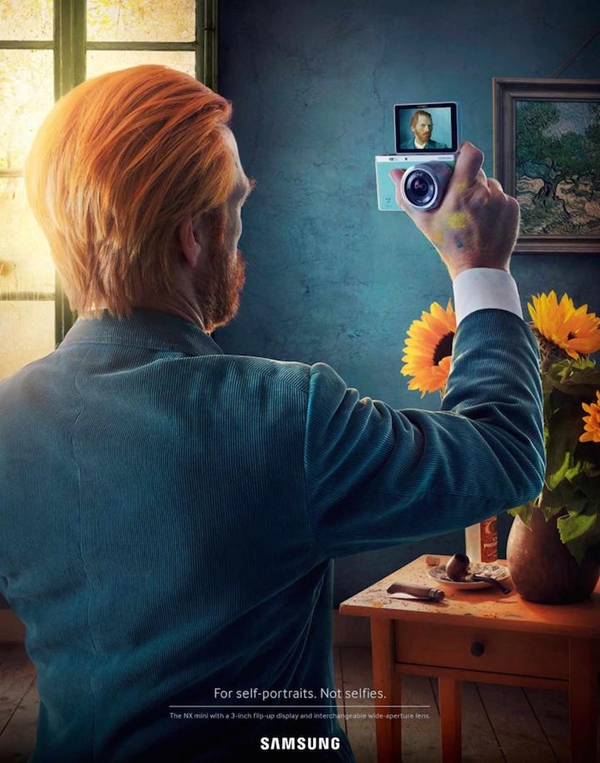
What is the connection between art and design?
Artists and designers both create visual compositions using a shared knowledge base; however, their reasons for doing so are entirely different. In a few words, these reasons make each one different from the other: Design and art have different purposes.
Every artist tries to express himself through his work. He is the sender of the message, and he decides the channel, the language, and the way to express it. But art does not need to be understood; each viewer will receive the message and decode it in their own way. Art connects with people in diverse ways because it is interpreted in different ways. The justification of a work of art is not always so important. Artists often leave their work to free interpretation.
The designer, unlike the artist, is not usually the source of the messages he communicates, but his interpreter. ― Jorge Frascara
Artist vs Designer
While artists freely express emotions or convey social messages through their work, designers are bound by the purpose of their design. The designer’s role is not to invent new expressions but to effectively communicate existing solutions tailored to specific problems and user types. While artists often see their work as an extension of themselves, designers must adopt the user’s perspective and comprehend their environment to provide effective design solutions.
Frascara affirms that quality in graphic design is measured by the changes it produces in the audience. Clarity and beauty do not necessarily determine the achievement of the objective. The aesthetic presentation of the design does not determine its overall quality.
However, art and design are not entirely mutually exclusive. Even design takes certain resources from art to be aesthetic.
Design and Aesthetic
Another important distinction is the difference between design and aesthetics. Before being beautiful, the design must be functional. Aesthetic design attracts people. While being useful takes precedence over aesthetics most of the time, there are cases where aesthetics take precedence over function.
For instance, in the fashion industry: very heavy clothes because of the shiny stones, uncomfortable shoes that look fantastic, tight clothes that suffocate but shape curves; the list is long… In all fields of design, including graphic design, there is a usability bias where we believe that the most attractive will also be more useful.
A designer is a planner with an aesthetic sense. ― Bruno Munari
While every design pays attention to its appearance, there must be a balance between functionality and aesthetics. Designers must deliver useful proposals for their users while keeping people happy with their appearance.
Design Fields

What are the different branches of design?
As I mentioned before, design has several fields that provide different solutions to many types of needs. Although there are more areas than I will provide below, these are some of the most well-known:
Environmental Design
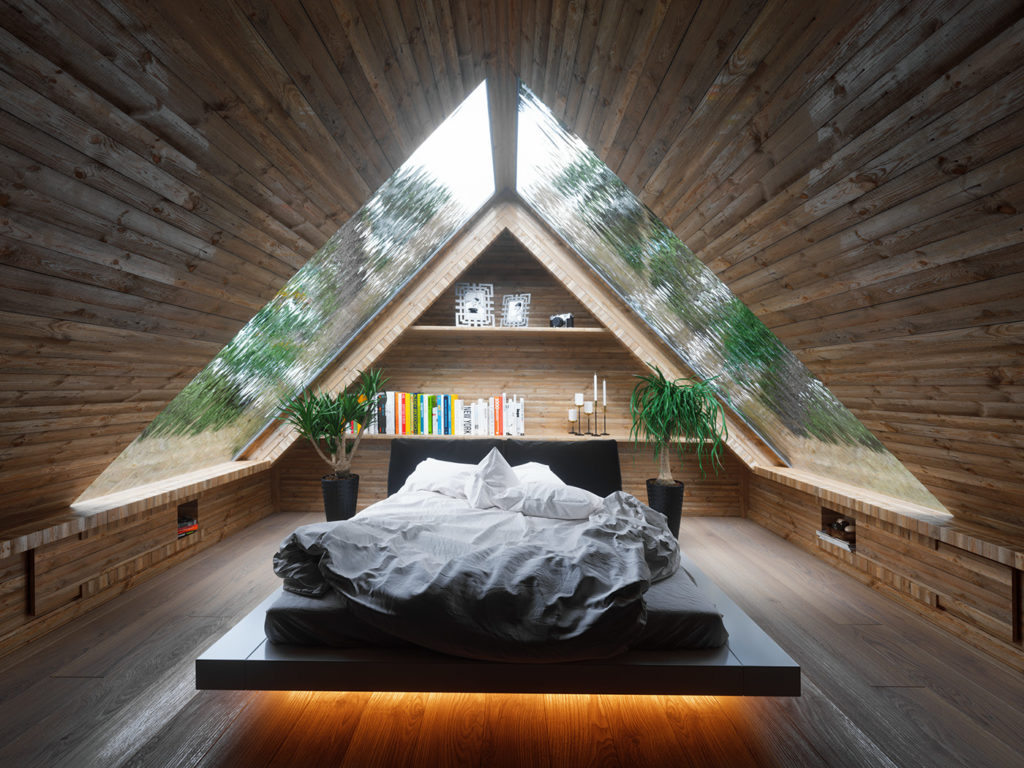
Designers in this field create what is known as the ‘built environment’. This includes urban planning, landscape design, landscape architecture, architecture, interior design, interior architecture, and stage design.
Industrial and Product Design

In this field, designers create visual information for objects and products. These include any manufactured objects such as cameras, toys, or furniture. In this field of design, they work with the support of software such as AutoCAD or Inventor by Autodesk, to model products conceived in three-dimensional space using drawing methods that include isometric, perspective, and orthogonal drawing.
Graphic and Digital Design
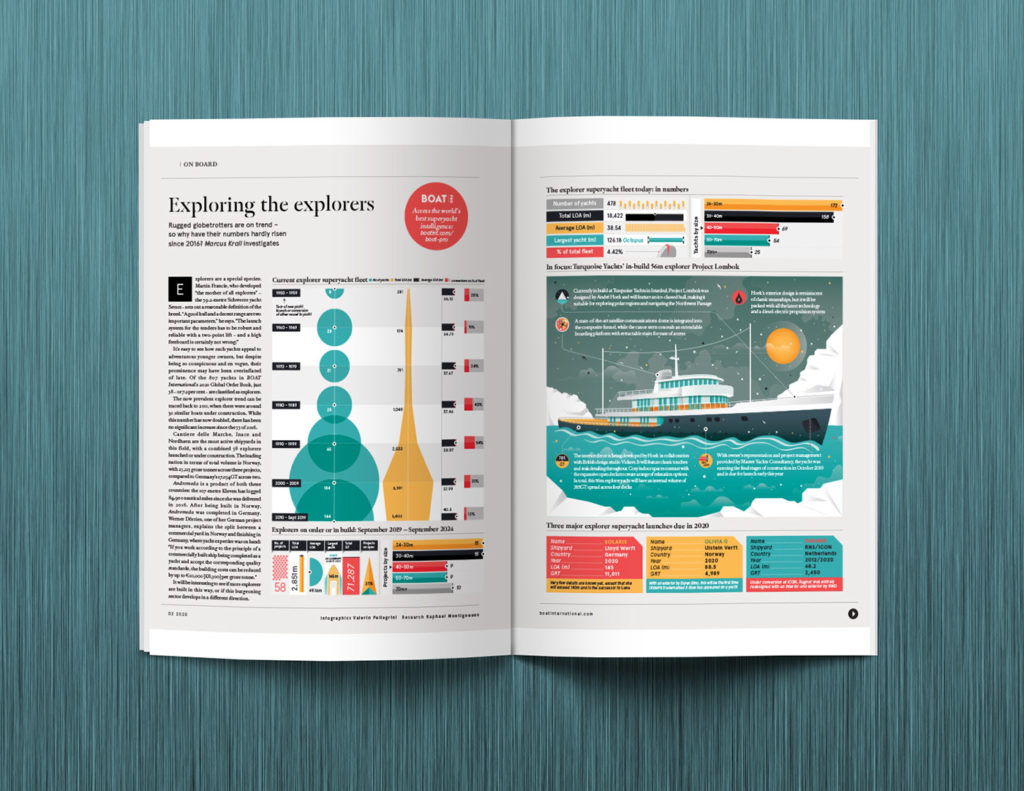
Graphic designers create visual communication messages through both physical and digital media to transmit information supported by computer-generated images, typography, visual signs, and other graphic design concepts in an efficient, brilliant, and visually engaging way, regardless of the type of media. Likewise, designers usually work in two-dimensional spaces, although there are three-dimensional projects such as packaging design or promotional material.
Textile Design
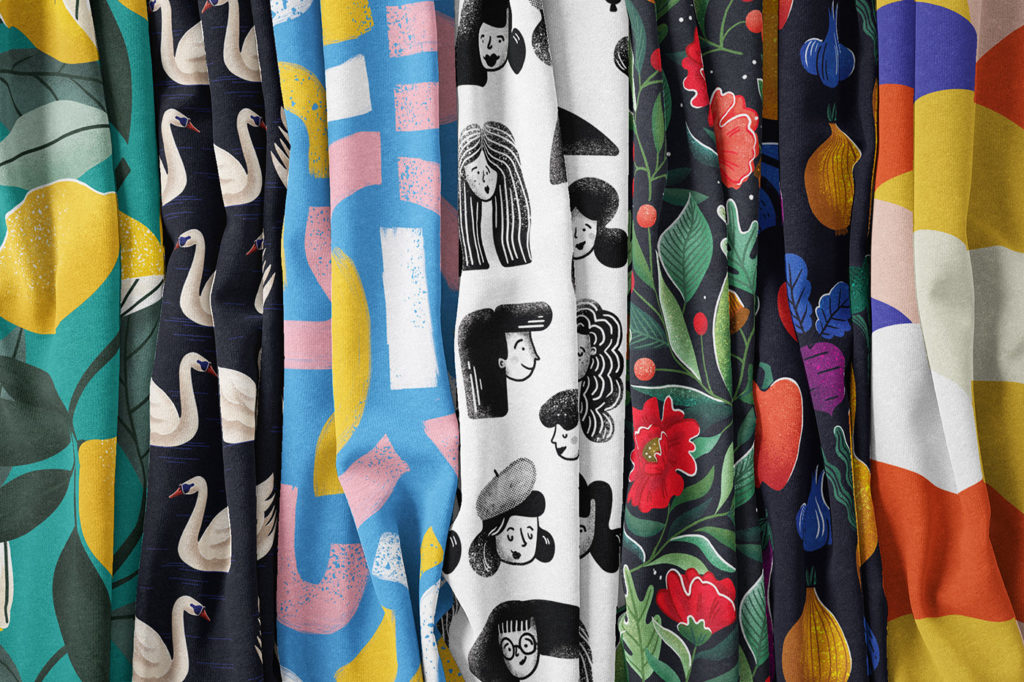
Textile designers create innovative ideas and develop commercially beautiful designs and prints for various fabrics, apparel and non-apparel materials, decorative materials, industrial fabrics, and other related materials, using natural and synthetic fibers.
Fashion Design
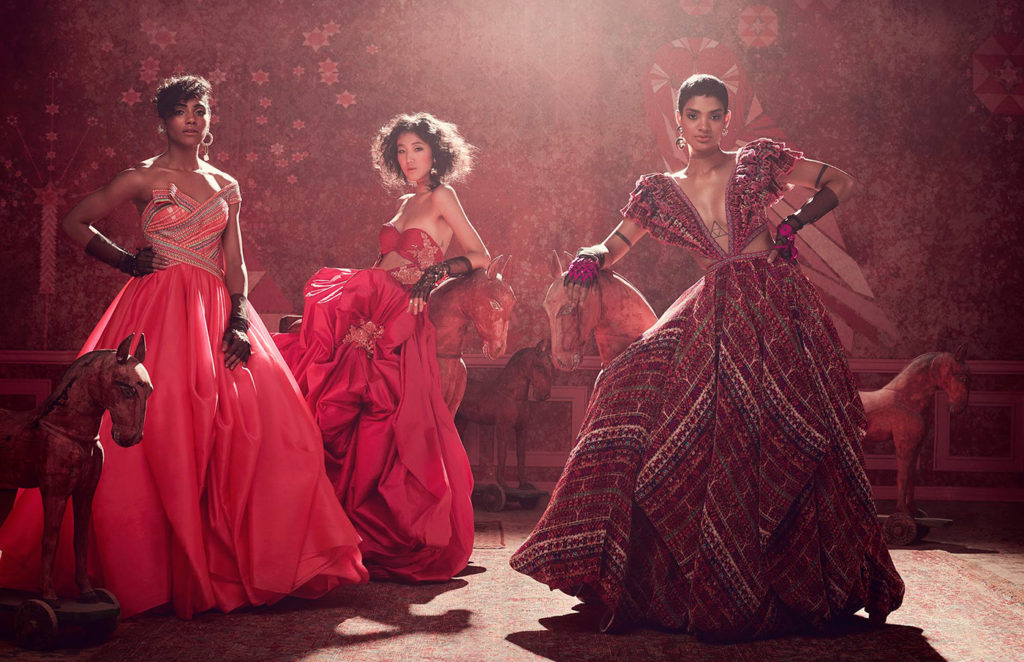
In this field, designers focus their efforts on creating clothes, accessories, and shoes. Some of them design expensive and unique pieces. Others collaborate with a team to create a full range of mass-produced collections or specialize in areas such as sportswear.
Sound Design
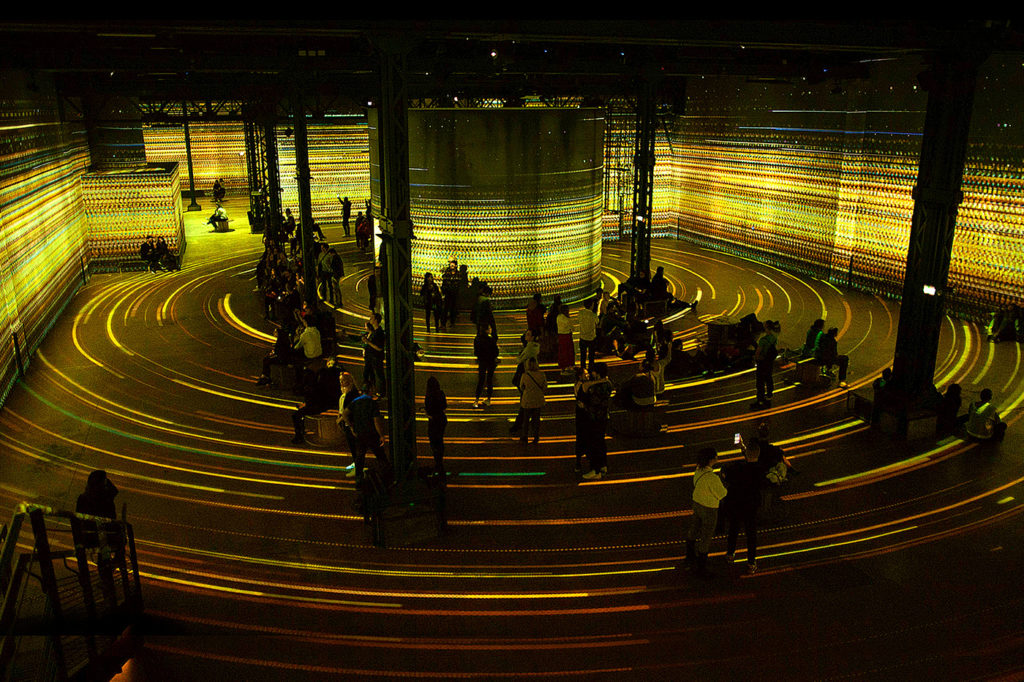
Sound design is an artistic component of any production. Therefore, sound designers need to have the imagination to create sound effects and not just replay them. Besides, the designer should read the script and meet with the director to discuss the sound design for the program or production.
Some Insights
Understanding the meaning of “design” is essential for designers because it is the basis of our work and influences the results we create. Design is not just about aesthetics but embraces a broader spectrum of considerations, such as functionality, user experience, and communication.
In addition, culture influences design, and its meaning can vary across different societies. Being aware of design’s cultural implications helps create work that sensitively resonates with diverse perspectives, ensuring positive reception among various audiences.
Clarifying our Purpose
I often notice that some colleagues, and especially design students, tend to confuse the relationship between art and design when, in fact, both concepts have very different purposes. By knowing the definition of “design”, we better understand our role as designers concerning the final product and the target audience we must serve.
Sustainable Design
Design not only serves a purpose but also carries responsibilities. Like professionals in other disciplines, designers must prioritize environmental mindfulness. This principle gives rise to sustainable design. Sustainability transcends mere trendiness; it constitutes a fundamental responsibility for all designers. It entails a shift in mindset that should permeate the entire design process and professional practice.
Any Thoughts?
In the comments section, tell me if you already know the meaning of the word “design”. Do you have other definitions of design? In which of the design fields do you study or have experience? Do you practice sustainable design?
Cite this post
- APA Style:
Perea Hernandez, I. (2018, January 6). What is design: Definition, art, and branches. Retrieved [current date], from https://ilkaperea.com/2018/01/06/what-is-design-definition-art-and-branches/ - Chicago Style:
Perea Hernandez, Ilka. 2018. “What is design? Definition, art, and branches.” Accessed [current date]. https://ilkaperea.com/2018/01/06/what-is-design-definition-art-and-branches/. - MLA Style:
Perea Hernandez, Ilka. “What is design? Definition, art, and branches.” Ilka Perea, 6 Jan. 2018, ilkapearea.com/2018/01/06/what-is-design-definition-art-and-branches/. Accessed [insert current date]. - Harvard Style:
Perea Hernandez, I. (2018) What is design? Definition, art, and branches. [online] Available at: https://ilkaperea.com/2018/01/06/what-is-design-definition-art-and-branches/ [Accessed ‘insert current date’].

Share
Spread the love… and this post!
If you liked it, share this post on your social networks. Smart designers share good things with others.
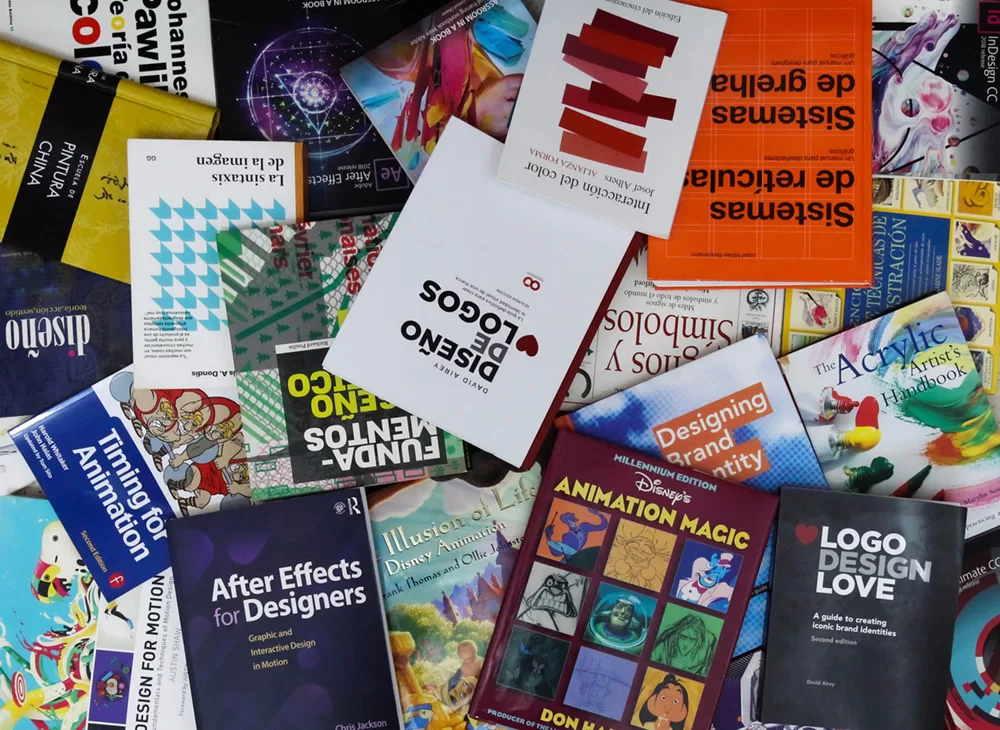
Bibliography
- Campi, I. (2020). ¿Qué es el diseño? Editorial Gustavo Gili.
- Dondis, D. A. (1973). Primer of Visual Literacy. The MIT Press.
- Malamed, C. (2009). Visual Language for Designers: Principles for Creating Graphics That People Understand. Rockport Publishers.
- Munari, B. (2019). Diseño y comunicación visual: Contribución a una metodología didáctica (2a ed.) Editorial Gustavo Gili.
- Poulin, R. (2018). The Language of Graphic Design Revised and Updated: An illustrated handbook for understanding fundamental design principles. Rockport Publishers.

